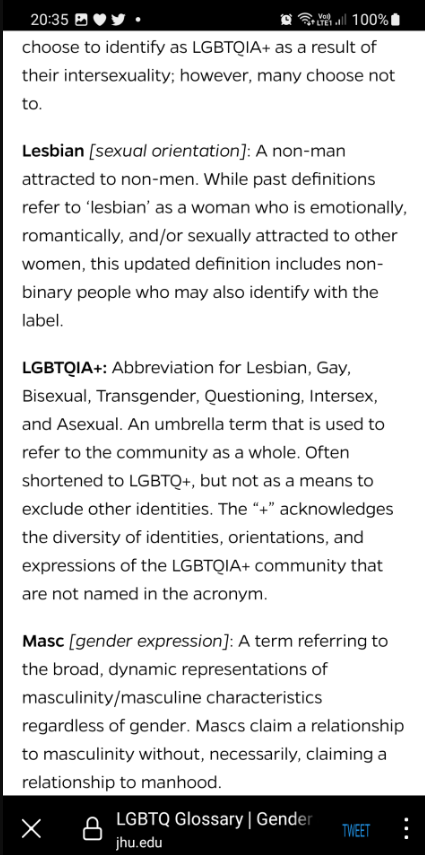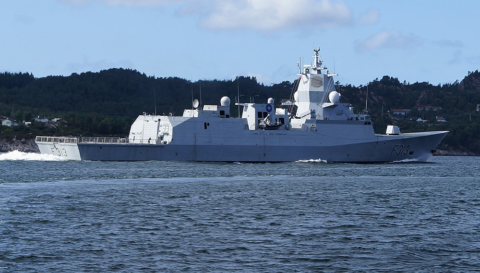 There are a bazillion ways to rig a ship (a lot of them with really fun names), but all sails function in one of two basic ways. First it’s worth noting every ship operates in both a “true wind” (the direction the wind is actually blowing) and an apparent wind, which is the combination of the true wind with the direction the ship is sailing and its speed; the apparent wind is what matters for sail dynamics because that’s the wind that the sails experience. If a ship is sailing at 8 knots and the wind is moving at 12 knots, but the ship and the wind are moving in the same direction, the apparent wind the ship experiences is just 4 knots. On the other hand, if the wind speeds remain the same but we have the same ship moving perpendicular to the wind, the apparent wind is going to actually be 14.4 knots and come from a direction between the ship’s heading and the wind’s source.
There are a bazillion ways to rig a ship (a lot of them with really fun names), but all sails function in one of two basic ways. First it’s worth noting every ship operates in both a “true wind” (the direction the wind is actually blowing) and an apparent wind, which is the combination of the true wind with the direction the ship is sailing and its speed; the apparent wind is what matters for sail dynamics because that’s the wind that the sails experience. If a ship is sailing at 8 knots and the wind is moving at 12 knots, but the ship and the wind are moving in the same direction, the apparent wind the ship experiences is just 4 knots. On the other hand, if the wind speeds remain the same but we have the same ship moving perpendicular to the wind, the apparent wind is going to actually be 14.4 knots and come from a direction between the ship’s heading and the wind’s source.
Square sails, which are rigged perpendicular to the direction of the ship work by having the wind strike the sail and pile up into it, which creates a high pressure zone behind the sail (because all of the air, blocked by the sail, is “stacking up” there) and a low pressure zone in front of the sail, which pushes the ship forward, technically a function of aerodynamic drag. The upside is that square sails can produce a lot of power, which is handy for big, heavy ships, especially in areas with predictable and favorable winds (such as the Atlantic trade winds). The downsides are two: on the one hand, top speed is limited because the faster the ship goes, the lower the apparent wind on the sails, which in turn reduces how much they can push the ship. On the other hand, square sails only work if the ship is moving in more-or-less the same direction as the wind is, within about 60 degrees or so (so the ship has a c. 120 degree range of movement relative to the wind). Moreover, for square sails to work, the air hitting them from behind needs to be substantially confined by their shape; this is why square sails are made to billow outward into an arcing shape as the wind hits them, instead of being held taught and fully flat against the mast.
Triangular or lateen or fore-and-aft sails work on a different principle. They are arranged parallel to the direction of the ship (that is, fore-and-aft of the mast, thus the term) and want to also be close to parallel to the wind (both square and triangular sails can, in some configurations, be moved around the mast to a degree to get an ideal direction to the wind). The way they work is that the wind hits the sail on its edge and the air current splits around the sail, but not evenly; the sail is turned so that the back side takes more wind, causing the sail to billow out, creating a wing-like shape when viewed from above. That in turn acts exactly like a wing, creating a high pressure zone behind the sail and a low pressure zone in front of the sail and thus generating aerodynamic lift as the wind passes over the surface (rather than pressing up behind it) the same way that an airplane’s wings keep it in the air. The clever part about this is that the lift generated doesn’t have to be in the same direction the wind is going, so a ship using these kinds of sails can move up to within around 45 degree of the wind (sailing “close hauled” – a ship rigged like this thus has a much larger 270 degree range of motion relative to the wind). Also – as noted above – depending on the ship’s “point of sail” (direction of movement relative to the wind), accelerating may not decrease the wind’s apparent speed (because you may not be sailing directly away from it), and so triangular sails often function better in light winds, sailing into the wind, and at very high speeds (but they provide less power for large, heavy ships sailing with the wind). And again, there is a lot of complexity in terms of the different functions of these types of sails, but we’re really just trying to make a fairly simple point here so everyone please forgive the simplification.
And that’s it: all sails work on one of those two principles (at any given time); the point in discussing this is to note that we’re dealing not with aesthetics here but with objects that need to interact in fairly fundamental ways with aerodynamics and so have shapes that are dictated by that function (and also, sails are cool). You can combine those two principles in a lot of exciting ways to create different “rigs” with different sailing qualities, but you those principles are your options – you cannot create some other kind of sail which works on different principles. Indeed, most of the more complex sailplans of larger ships use a combination of square and lateen sails, but each sail in the plan must be using one of these two principles; there are no other options.
And those of you looking back at what these ships [in Rings of Power] look like may have already guessed the problem here. These are clearly square-rigged ships; the sails are all perpendicular to the ship’s direction and the sail shape is symmetrical over the keel (that is, same shape on the port and starboard) and are unable to be angled in any event. But every single sail has a gigantic hole in the center because of the split mast. So the air you want to build up behind the sail is instead flowing through the hole between the masts. The sails even angle slightly, curling backwards at their outer edges channeling the air towards the gaps. But that air flowing through the gaps is going to lessen (not remove, but substantially lesson) the pressure differential over the sail which will cut the drag the sails generate which will make the ship much slower.
What is worse is that between the two masts and between the foremast and the bowsprit, the ships mount additional secondary sails. Now in a rig-plan that made any sense, these would be triangular sails in both shape and principle (e.g. gaff-rigged sails incorporated into a square-rig sailing pattern common for full rigged ships as well as staysails between the masts or between the foremast and the bowsprit, also common for full rigged ships), but the designers here have only managed one of those two things. The sails are triangular in shape, but are positioned perpendicular to the wind direction and then symmetrically matched. That means they both do nothing with the wind moving through that center channel we’ve created, but also their triangular shape is entirely useless because they’re functioning on drag instead of lift.
It’s not that this sail plan wouldn’t work: the big sails would create at least some aerodynamic drag which would push the ship forward. But this is a sail plan which would work much more poorly than a far more basic plan with just a single central mast mounting a single very large square sail. You could even keep the exotic junk-style sail supports (they’re called battens; everything on sailing ships has a funny name) if you wanted and just make the ships junk-rigged! Or, if you want a lot of fancy sails which aren’t in square shapes, you could go with a multi-masted dhow or xebec sail plan which would give you lots of overlapping triangular sails and also fit the Mediterranean/Roman vibe you were going for.
Moreover, while these sails aren’t square shaped, this is a pure “square sail” ship rig, which for ocean-going ships ostensibly used by great mariners is awful. Square sails only work well when running before the wind: they “tack” (zig-zagging from one close-hauled point of sail to another to climb up the wind) really poorly; some pure square-rigged ships cannot tack at all without the assistance of rowers. That’s is part of the reason why “full rigged” square-sailed age of sail ships nevertheless had triangular sails in gaff-rigging or as stay-sails or what have you, to enable the ship to tack effectively (the fancy term for this is how “weatherly” a ship is: how able it is to sail close to the wind; weatherlyness also depends on hull shape and a host of other factors). With a pure square-sail setup, these ships can only go in the direction of the wind, which is going to make it impossible to use them effectively as ocean-going ships because the prevailing winds on the ocean are very consistent: they will almost always be blowing the same way, which means these ships can sail out, but then can’t sail back. In short these ocean-going mariners have ships which cannot go on the oceans.
And of course this has been a theme of these posts but please, showrunners: when you are doing the visual design for a fantasy-historical society, you are not going to outsmart centuries of professional shipwrights with a brainstorming meeting and some concept art. So instead of trying to show that the Númenóreans are great mariners (“the sea is always right!”), which is the point of giving their super-cool ships so much screentime and is an essential thing to establish about their society, by making up a ship design that is going to end up invariably being much worse than historical designs, just go adopt a historical design that was successful. For my part, I’d have probably contrasted traditional Elven ships with a single sail-type (probably square) on a single mast with the advanced Númenóreans using lots of lateen sails.
That said, the fact that the Númenórean ships are terrible is fine because frankly, I wouldn’t want to sail to this battle either.
Bret Devereaux, “Collections: The Nitpicks of Power, Part III: That Númenórean Charge”, A Collection of Unmitigated Pedantry, 2023-02-03.













